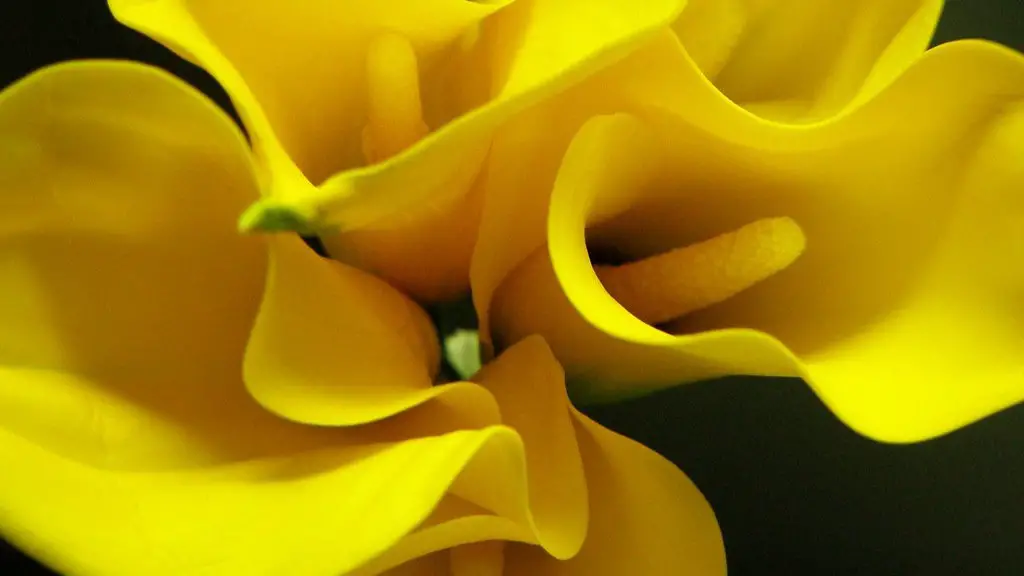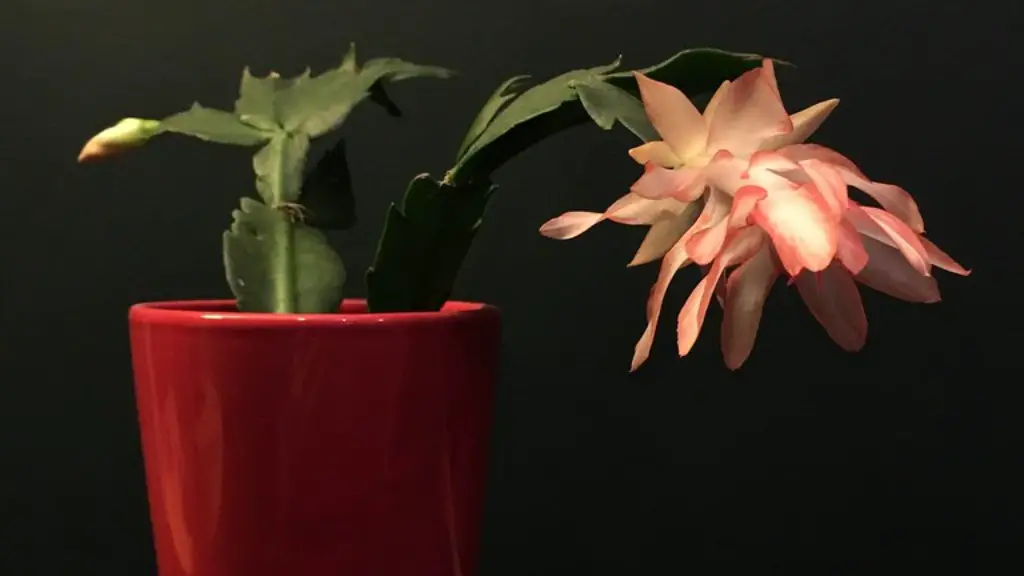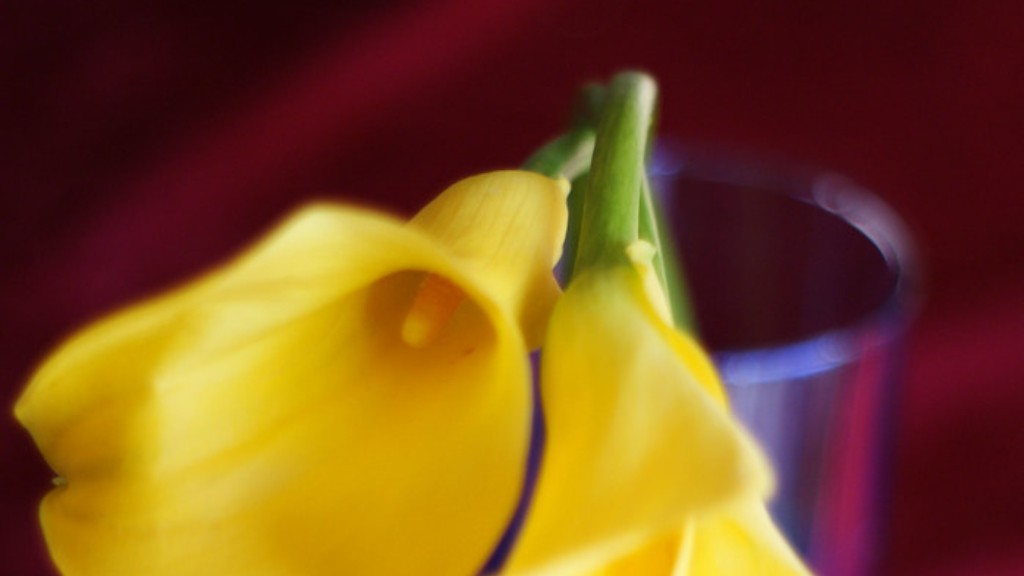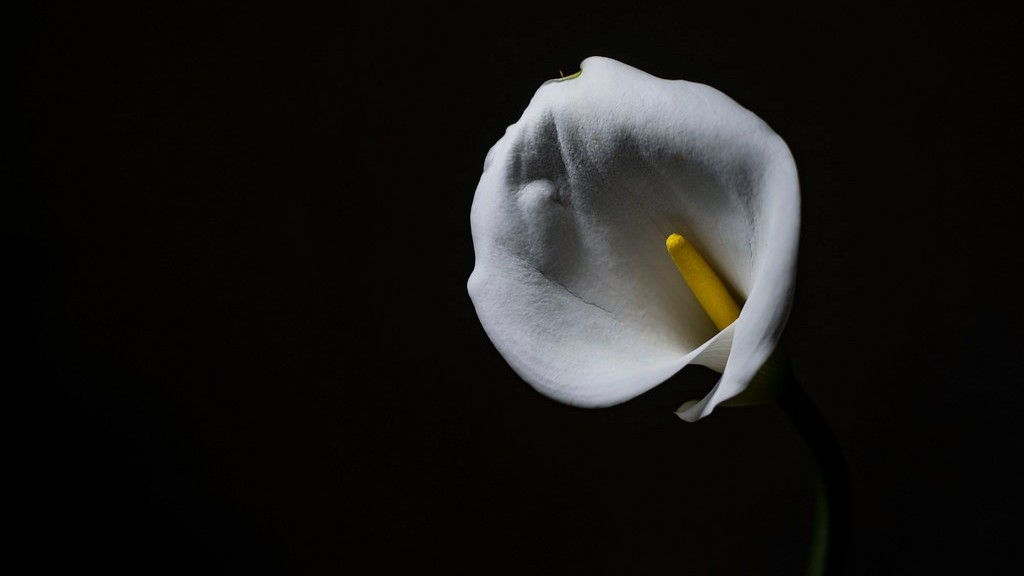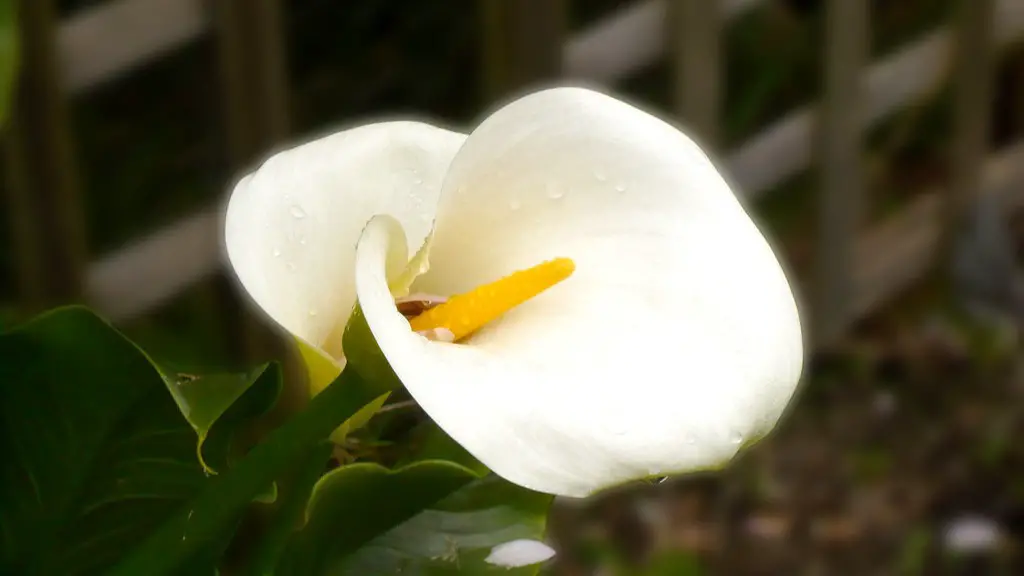The exquisite calla lily is a popular bulb plant known for its elegant, trumpet-shaped blooms. But why won’t my calla lily bloom? Though stunning, calla lilies (Zantedeschia aethiopica) can be finicky flowers. If your calla lily isn’t blooming, don’t despair. With a little investigation, you can figure out the problem and get those beautiful blooms.
There could be several reasons why a calla lily (Zantedeschia spp.) won’t bloom. Some reasons may be due to the plant, while others may be due to the growing conditions.
Reasons why the plant may not bloom include:
-The plant is too young and hasn’t matured yet. Calla lilies typically bloom between 2-3 years old.
-The plant is not getting enough light. Calla lilies prefer full sun to partial shade.
-The plant is not getting enough water. Calla lilies should be kept evenly moist, but not wet.
-The plant is not getting enough nutrients. Calla lilies need a well-balanced fertilizer.
-The plant is not getting enough rest. Calla lilies need a rest period in the winter.
Reasons why the growing conditions may not be ideal include:
-The soil is too dry.
-The soil is too dense.
-The soil is too sandy.
-The soil is too alkaline.
-The temperature is too hot.
-The temperature is too cold.
How do I get my calla lily to bloom?
If you want your calla lily plant to bloom, you should follow these instructions. First, place the plant in a cool (not cold) dark place for two months. Then, bring it back out into the light and resume watering it. The foliage will regrow and your calla lily plant will start to bloom shortly thereafter.
If you want your canna lily to flower, make sure it’s getting enough sunlight each day. Canna lilies need at least six hours of sunlight to flower properly. Additionally, the soil must be moist but well-draining to prevent rot.
What months do calla lilies bloom
If you live in a warm climate where calla lilies are perennial, you can expect them to flower in early summer. However, if you plant them in the spring, flowering may be delayed until late summer. During the growing season, calla lilies appreciate a monthly dose of liquid fertilizer.
If your plants are not flowering, it is likely due to one of several problems. The most common is starting the rhizomes into growth late. This can be caused by a lack of water or poor soil fertility. Another possibility is that your plants are infected with a virus. This may be indicated by distorted foliage, or a yellow streaking or mosaic pattern on the leaves. If you suspect a virus, it is best to destroy the affected plants to prevent the spread of the disease.
Why is my lily not flowering?
If you want to encourage your Easter lily to flower, make sure it gets at least six hours of direct sunlight each day. While Easter lilies can survive in lower levels of light, this may not be enough to stimulate flowering.
Bud drop is usually a result of stress, such as planting. Also, too much water will cause leaf yellowing and bud drop. A good soaking every four to five days, a light application of fertilizer and some Epsom salts (magnesium sulfate) will help the plant become established.
What is the best fertilizer for canna lilies?
Cannas should be fertilized regularly to encourage growth and new blooms. A balanced, all-purpose 10-10-10 NPK fertilizer is a good option, or one that is specifically for blooms at a ratio of 5-10-5 NPK.
Coffee grounds are indirectly beneficial to canna lilies. They provide nitrogen that is digested by beneficial microorganisms if mixed with shredded leaves or a used coffee filter. The microorganisms help break down organic material, which becomes food for the cannas.
Are coffee grounds good for calla lilies
If your calla lily leaves have very dark tips, you may be over-fertilizing them. Try cutting back on the fertilizer and adding coffee grounds around the base of the plants between fertilizing rounds. Calla lilies like acidic soil, and coffee grounds add acidity.
Daylilies are a versatile plant that can tolerate a range of lighting conditions. They will flower best when planted in full sun or partial shade that receives 4-6 hours of sun per day. While daylilies prefer full sun, they can occasionally be found blooming under the shade of tall trees. Wherever some shade is present, the daylily flowers will face away from it toward open sky.
Do calla lilies grow better in pots or in the ground?
Growing calla lilies in pots has several benefits. One is that they will not become invasive if planted in their ideal climate. Container-grown callas are restricted to pots and cannot become invasive. Another benefit is that calla lilies are very easy to care for and require very little maintenance.
After enjoying the plants all summer long, fall’s arrival serves as your sign to prepare the tuberous roots of cannas for winter storage. The plants are not hardy this far north, so the only way to enjoy the same plant for multiple years is to remove the roots from the ground and properly store them.
How often should you water canna lilies
Cannas require weekly irrigation if they aren’t grown in or near a pond. Providing 1 inch of water at each irrigation and watering about twice weekly helps keep the top 6- to 8-inches of soil moist. A 2-inch layer of mulch further helps retain soil moisture. Fertilize cannas as new growth begins in late spring and continue until flowers fade in late summer. A general-purpose fertilizer applied according to package directions is all that’s needed.
If you want your canna plants to reach their full potential, they’ll need full sun. Shade encourages leggy growth that can cause foliage to flop over, and plants in shade won’t produce as many flowers. Several varieties are grown for their colorful leaves, which are not as bright in the shade.
What does an overwatered lily look like?
If you believe your Peace Lily is overwatered, the first step is to check the drainage of the pot and soil. If the pot does not have drainage holes, or the holes are plugged, water will not be able to drain properly and will cause the plant to become overwatered. If the pot does have proper drainage, inspect the soil. If the soil is extremely wet or mushy, this is also a sign of overwatering.
Once you have confirmed that your plant is overwatered, you will need to take steps to correct the issue. If the pot does not have proper drainage, repot the plant into a pot with drainage holes. If the soil is too wet, allow the plant to dry out completely before watering again. You may also need to adjust your watering schedule or amount of water to avoid overwatering in the future.
This is because it is simply the best possible fertilizer for blooming plants, yielding more colorful and better blooms overall. It is also very easy to use; you just mix it with water and pour it onto the soil.
Can I just sprinkle Epsom salt on plants
Epsom salts can be beneficial to soils that are deficient in magnesium, but adding them to soil that already has sufficient magnesium can actually harm your soil and plants. Spraying Epsom salt solutions on plant leaves can cause leaf scorch, and excess magnesium can increase mineral contamination in water that percolates through soil.
Epsom salt is a simple way to increase the health of your blooms. Just add two tablespoons of Epsom salt per gallon of water and substitute this solution for normal watering once a month. Your plants will love you for it!
Conclusion
The most common reason for a calla lily not to bloom is that it is not getting enough sunlight. Calla lilies need at least six hours of sunlight per day in order to bloom. If your calla lily is not getting enough sunlight, try moving it to a sunnier location. Another reason for a calla lily not to bloom is that it is not getting enough water. Calla lilies need to be kept evenly moist, so be sure to check the soil regularly and water as needed. Finally, calla lilies need a period of cool weather in order to bloom. If it is not currently cool where you live, you can try moving your calla lily to a cooler location, such as a garage or shed.
There are several reasons why a calla lily might not bloom. The most common reason is that the plant is not getting enough light. Calla lilies need at least six hours of sunlight a day to bloom. If the plant is not getting enough light, it will not produce the flowers. Another reason why a calla lily might not bloom is that the plant is not getting enough water. The plant needs to be kept moist, but not too wet. If the plant is too dry, the flowers will not bloom. Finally, a calla lily might not bloom if the plant is not getting enough nutrients. The plant needs to be fertilized regularly to produce the flowers.
